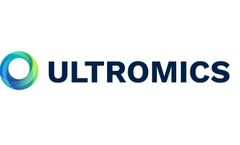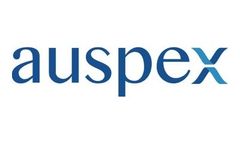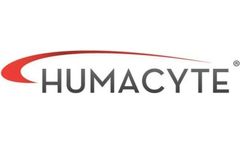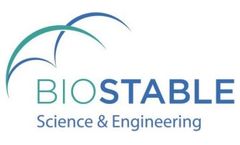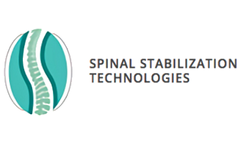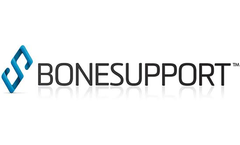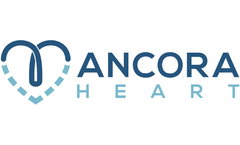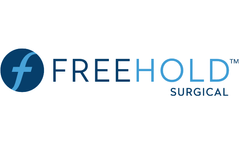Patient Follow Up Articles & Analysis
15 articles found
The patients were randomized in a 1:1 fashion into two groups to receive either empagliflozin 10 mg per day (n = 2,997) or placebo (n = 2,991); in addition to usual therapy. [3] The patients were followed up with periodically for a median duration of 26.2 months to check symptoms, health status (assessed with the Kansas City ...
We excluded patients who had follow up time less than 3 years or received adjuvant therapy and had not had a recurrence, as well as patients with missing specimen blocks. ...
Muscle loss / muscle wasting is the condition in which, proteolytic systems for protein degradation are activated, while protein synthesis decreases, thereby resulting in muscle fiber shrinkage. This condition may be due age or might be due some chronic conditions like Diabetes mellitus (DM) or chronic kidney disease (CKD). Extreme muscle wasting often results in weight loss. Such a condition is ...
It’s July and OCM has sunset, EOM is another year on the horizon, and you are wondering how to continue supporting your patients during this transitional period. Regardless of whether participating in a value-based care model is on your roadmap, PCM should be. Principal Care Management (PCM)1 is designed to reimburse specialty practices for providing needed care ...
Manufactured vessels were implanted in 20 patients with symptomatic peripheral arterial disease as above-knee, femoral-to-popliteal arterial bypass conduits. After HAV implantation, all patients were assessed for safety, HAV durability, freedom from conduit infection, and bypass patency for 2 years Results: Twenty HAVs were placed in the arterial, above-knee, ...
Results: Follow-up was for a maximum of 3.8 years and a mean of 2.2 years. Mean age was 54.2 years old. Moderate to severe preoperative AV insufficiency was noted in 75% of patients, whereas 70% of them had an ascending aorta over 45 mm. One patient was lost from follow-up. ...
Magnetic resonance images were systematically evaluated at the index and adjacent disc levels: disc height, Modic changes, Pfirrmann grade, and any implant-associated findings. Results Twenty-six patients received DASCOR implants. Follow-up data were available for 22 patients. ...
At the 12-month follow-up visit, the clinical and radiologic studies demonstrated adequate human acellular vessel patency, with no signs of infection, stenosis, or pseudoaneurysm. ...
The title of the paper is "LAG-3 expression on peripheral blood cells identifies patients with poorer outcomes after immune checkpoint blockade". This connection was found in a group of patients with metastatic melanoma and was validated in a second group of patients with metastatic bladder cancer, indicating that this potential biomarker may ...
The FORTIFY study was initiated in 2017 with the purpose to evaluate the ability of CERAMENT G to improve the treatment outcomes for patients with open tibia fractures G-A II-IIIB. Last patients follow up took place in June 2021. The drop-out rate, defined as difference between enrolled and completed patients, ...
Additionally, EBRT can require extensive postsurgical follow-up treatment, which means the patient must travel (sometimes daily for up to 6 weeks) to the radiation facility GAMMATILE | SURGICALLY TARGETED RADIATION THERAPY (STaRT) FDA-cleared in 2018, GammaTile surgically targeted radiation therapy (STaRT) is a form of ...
Telemedicine, or the ability for a doctor to complete a patient examination remotely utilizing technology, is not a new concept. In fact, the concept dates back to 1925 when Hugo Gernsback published a theory that remote aperture that could be controlled wirelessly to help a doctor physically “examine” a patient. Today’s telemedicine has advanced tremendously with the advent of ...
Interim study results from systolic heart failure patients treated with percutaneous therapy designed to improve left ventricular function presented at TCT 2019 Santa Clara, ...
Access event costs (per patient per year) were found to be highest among patients with an AVG (USD 8,683), followed by patients on CVC (USD 6,402), and patients on AVF (USD 3,480). Total annual costs for HD patients were lowest for AVFs (USD 59,792) followed by AVG (USD 73,081) ...
Methods A randomized controlled trial comparing traditional Nathanson liver retractor (Group 1) with liver suspension tape (Group 2) and (V-LIST) the V-shaped liver suspension technique (Group 3). Patients were randomized to one of three groups (20 in each). This was a Double-blind study, with the patient and follow-up ...

